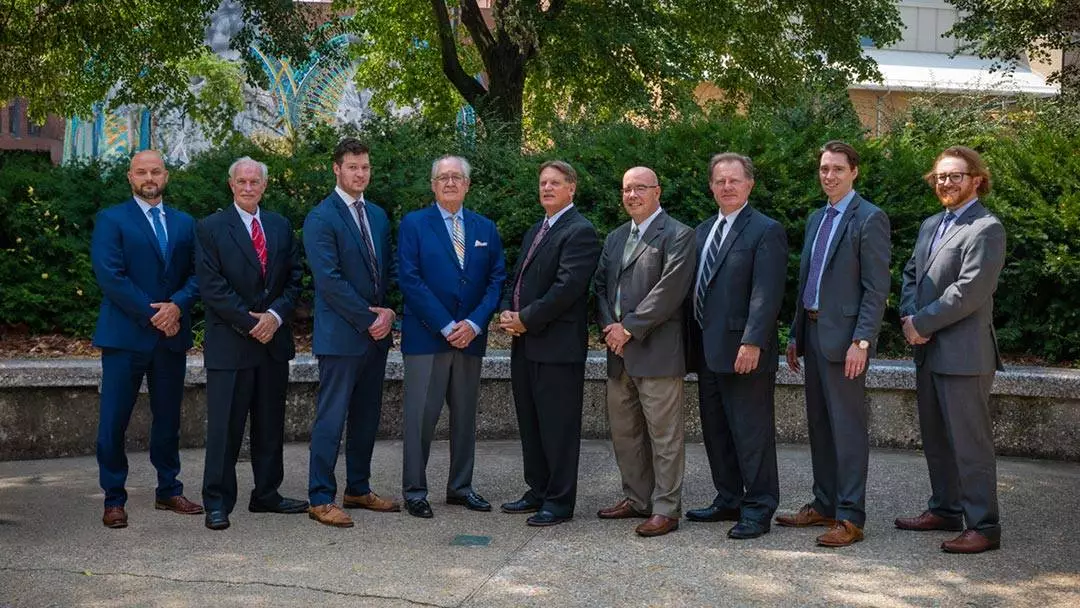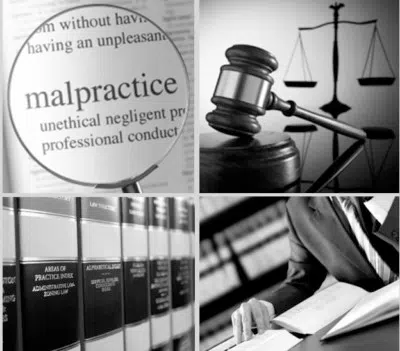If My Lawyer Mishandled My Case or Transaction, How Much Time Do I Have To File a Legal Malpractice Suit?

As many people are aware, there are time limits for suing people, businesses, or government entities who have caused injury or financial losses. The time limits, known as statutes of limitations, vary based on the nature of the case. A simple search of a legal database will yield thousands of cases that were dismissed because the plaintiff filing the suit missed the deadline—and that’s just in Ohio. Of those, almost five hundred involved legal malpractice claims, most of which were filed by lawyers. Once you’ve missed the deadline imposed by a statute of limitations, you are permanently barred from filing that lawsuit.
Our Legal Malpractice attorneys are standing by to review your case for free!

Because failing to file your lawsuit before the deadline can have dire consequences, it’s always advisable to consult a seasoned law firm with a record of success in handling legal malpractice cases as soon as you think that you might have a malpractice case against a lawyer.
What is the Statute of Limitations for a Legal Malpractice Claim?
The statute establishing the time limit for filing a legal malpractice claim, Ohio Revised Code §2305.11(A), provides that a legal malpractice claim must be filed “within one year after the cause of action accrued.” Interpreting the statute, the Ohio Supreme Court has indicated that the one-year period begins to run upon the latter of (1) the time when there is a “cognizable event” from which the client discovered, or should have discovered, that his or her interests were harmed as a result of something the lawyer did or didn’t do; or (2) the time when the attorney-client relationship for that particular transaction or undertaking terminates. When the statute of limitations begins to run, and therefore when the limitations period expires, turns on two factual determinations:
- When should you have known that your interests may have been harmed or compromised by your lawyer?
- When did the attorney-client relationship end?
The latter of these two dates is the date that starts the running of the one-year statute of limitations.
What is a “cognizable event”?
Imagine that a lawyer prepared a prenuptial agreement for you, to prevent your spouse-to-be from taking your property in the event of a divorce. You didn’t give the agreement much thought until several years later when your spouse filed for divorce. If the domestic relations court ruled the agreement invalid, that ruling would be a cognizable event even if the court postponed the actual division of your property for another year. To preserve your right to sue the lawyer for preparing an invalid prenuptial agreement, you would have to sue the lawyer within one year after the agreement was ruled invalid.
Let’s say that before divorcing, you hired a different lawyer to handle an insurance claim. In the process of handling the insurance claim, the second lawyer reviewed the prenuptial agreement to ensure that nothing was omitted from the insurance claim and noticed a list of your property that should have been a part of the prenuptial agreement was missing. If the second lawyer told you and your spouse that the agreement was invalid because the first lawyer omitted the property list, that would be a cognizable event. If you waited more than a year to sue the first lawyer until your spouse filed for divorce, your legal malpractice claim would be barred by the statute of limitations.
In a recent Ohio case, the lawyer represented a client in a probate case. After that case was settled, the client asked for the return of certain documents. The lawyer did not respond, and the client was unable to prove certain facts in an unrelated matter without the documents. Over ten years later, the client again asked for the return of his documents. The lawyer returned some of the documents. A year later, the client filed a malpractice case against the lawyer. The court ruled that the malpractice case was barred by the statute of limitations. Even though the lawyer had kept the client’s documents for over ten years, the cognizable event was the lawyer’s initial failure to return the documents. At that time, the client was on notice to investigate the lawyer’s failure to respond or return his documents. Additionally, the lawyer’s retention of the client’s documents over the years did not extend the attorney-client relationship, which ended when the probate case was settled.
In a criminal case, the client pled guilty to assaulting a minor. An unfavorable pre-sentence investigation report may have resulted in the client’s receiving a longer sentence. The lawyer withdrew from the case shortly after the sentencing hearing. Almost three years later, the client sued his lawyer for malpractice based on the lawyer’s failure to inform the client of the report’s contents. Observing that the client had asked the lawyer about the pre-sentence investigation at the sentencing hearing, the court in the malpractice case held that the cognizable event occurred at the sentencing hearing: even if the lawyer had not told the client about the report, the client was aware of its existence and should have known of his potential claim against the lawyer at that time. Accordingly, his malpractice case was barred by the statute of limitations.
How do I know when the attorney-client relationship has ended?
Your attorney-client relationship for a particular transaction or undertaking may end even though the lawyer is still handling another matter for you. Once the lawyer stops doing any work on the matter that you’re concerned about, the attorney-client relationship has probably ended.
The attorney-client relationship can terminate upon the affirmative act of the lawyer or the client. Either party can write a letter or send an email terminating the relationship. The lawyer can withdraw from the client’s case; the client can hire a different lawyer. Courts will look for a discrete act by either the lawyer or the client indicating that the relationship has terminated but will examine all pertinent facts bearing on the existence of an attorney-client relationship.
In one case, after a disagreement concerning how to proceed in a divorce case, the client walked out at the conclusion of a hearing and ceased communicating with his lawyer. He consulted another law firm on several occasions and failed to respond to calls and emails from the original lawyer. A year later, the lawyer formally withdrew from the case. Almost a year after the lawyer withdrew, the client sued him for legal malpractice. Because of the client’s failure to communicate with the lawyer for two years and his consultation with the other firm, the court handling the malpractice case found that the attorney-client relationship had ended following the hearing two years earlier and ruled that the malpractice case was barred by the statute of limitations.
In another case, the client was charged with numerous crimes. Her lawyer recommended a plea deal and told her she would not go to prison. She accepted the deal and was given a four-year sentence. Her lawyer advised her to hire a second lawyer to appeal the sentence and told her he would assist the second lawyer. The second lawyer filed a successful motion for judicial release. The original lawyer did not stop working on her case. He communicated by email with the client’s relative concerning her case while she was in prison. Over a year after her sentencing, she sued the original lawyer for malpractice. Even though the client had been officially represented by the second lawyer, while the original lawyer had not communicated directly with her, visited her in prison, or filed any papers on her behalf, the court concluded that the facts supported her claim that the attorney-client relationship with the original lawyer had not terminated. Her malpractice case was not barred by the statute of limitations.
If I Miss the Deadline Imposed by the Statute of Limitations for Legal Malpractice, Can I Sue My Lawyer for Breach of the Fee Agreement or Ordinary Negligence?
A common mistake in handling legal malpractice claims is to rely on a longer limitation period applicable to other types of claims. The statutes of limitations for ordinary negligence, fraud, and breach of contract claims are all longer than the one-year period that applies to legal malpractice actions. Most legal malpractice involves negligence, and many legal malpractice claims also can be characterized as contract claims arising from the lawyer’s breach of a fee agreement. Some involve fraudulent conduct.
However, courts will focus on whether your claim involves your lawyer’s failure to meet the standard of conduct that is expected of a lawyer in representing a client. If your claim is based on your lawyer’s conduct in representing you in court or handling a transaction on your behalf, the legal malpractice statute of limitations will apply.
Trust in an Established Law Firm to Handle Your Legal Malpractice Case
As you can see, determining when the statute of limitations expires in a legal malpractice case can depend on many factors. Trying to identify the cognizable event when you have only a suspicion that your lawyer has compromised your interests may be a task for an experienced professional.
At Slater & Zurz, LLP, our seasoned professionals are ready to serve you: to evaluate your legal malpractice claim, answer your questions, and determine not only whether you have a winnable case but also when you should file to avoid the bar of the statute of limitations. Call our team of dedicated professionals who are focused on positive outcomes and will put your interests first and foremost.



